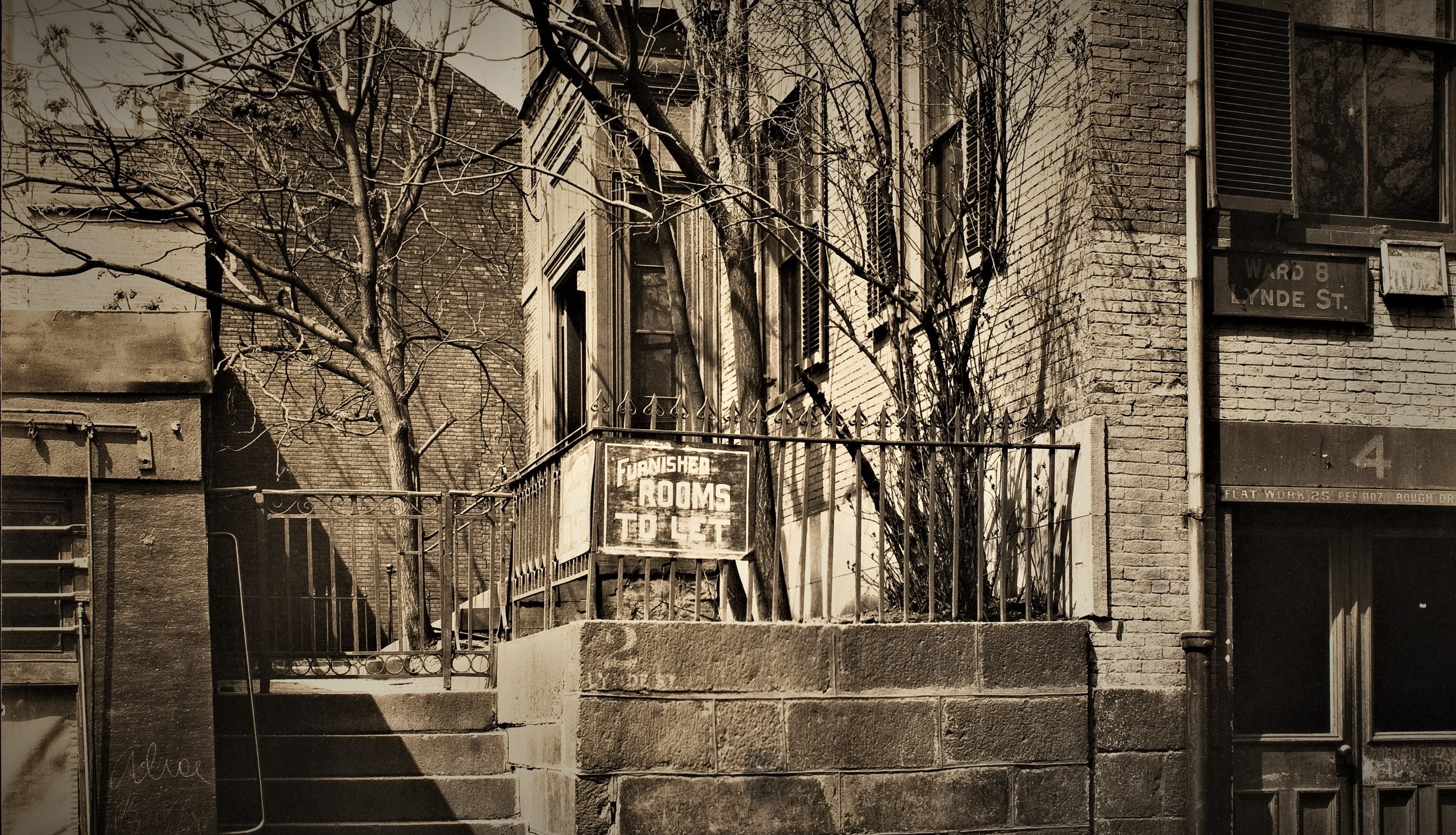 Otis House
Otis House
Boarding and Lodging Houses

By the middle of the nineteenth century, few Americans lived only with relatives throughout their lives; many people had boarders in their own homes, boarded with other people’s families, or lived in boarding houses. The rise in popularity of the boarding and lodging house was also fueled by immigration, the solution to a longstanding labor shortage. Arriving without places to live and with few household goods, newly-arrived immigrants often crowded into rooms, living in tenement-like conditions.
Boarding arrangements varied from household to household, and being that boarding was one of the only respectable means for women to earn income, most often the drudgery of running such an enterprise, such as making boarding arrangements, laundry, cooking, and cleaning, fell to women. In practice women often served as surrogate mothers, wives, and sisters for their borders, creating a sense of family.
In the later nineteenth century, the number of urban boarding houses declined, while lodging houses increased. Boarding house keepers found they could rent out the dining room and parlor as additional bedrooms and they could dismiss servants required to prepare and serve meals. In addition to paying a cheaper price, lodgers also found a more independent lifestyle; they could dine and socialize wherever and with whomever they chose.
Though people continue to live with friends or family for short periods of time, boarding has largely disappeared from the American lifestyle, and people who share houses and apartments today often simply share real estate.